Moroccan Spice Magic: 7 Secrets to Unlocking Flavor Like a Master Chef
Moroccan cuisine is a treasure chest of bold, aromatic flavors — and at its heart are the legendary Moroccan spice blends. Whether you're simmering tagines, grilling skewers, or baking sweet pastries, Moroccan spices bring warmth, complexity, and cultural richness to every dish.
Table of Contents
- What Is Moroccan Spice?
- Top 7 Moroccan Spice Blends You Should Know
- How to Use Moroccan Spice in Everyday Cooking
- Where to Buy Authentic Moroccan Spices: A Practical Guide
- Common FAQs About Moroccan Spices
- Conclusion
What Is Moroccan Spice?
Moroccan spice isn’t just one ingredient — it’s an art form. Traditionally, it refers to complex blends of ground spices used across Morocco to season everything from lamb tagines to lentil soups. These blends vary by region and even by family, but they often include:
- Cumin
- Paprika
- Cinnamon
- Ginger
- Saffron (in some versions)
- Nutmeg
- Fennel seeds
- Parsley or coriander powder
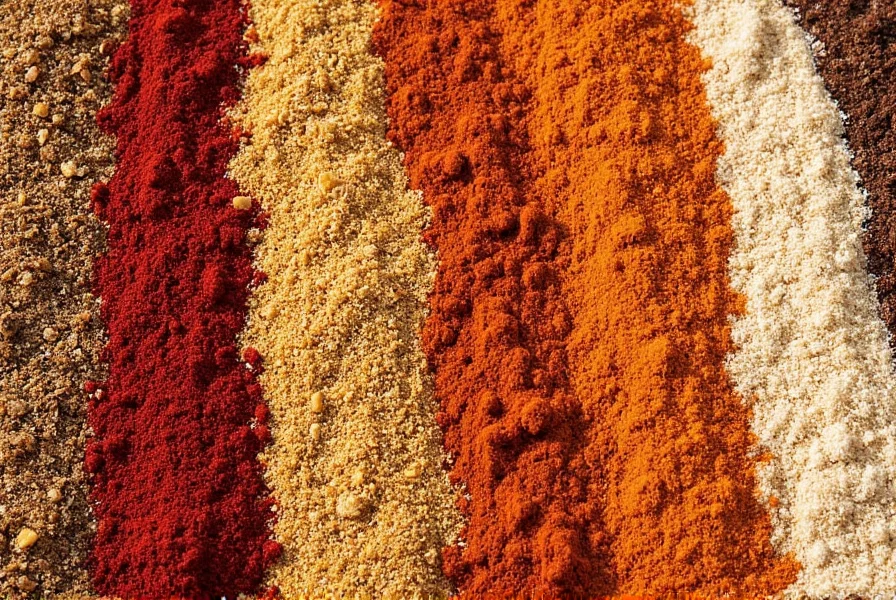
The beauty of Moroccan spice lies in its balance — earthy, warm, and subtly sweet, often finishing with a floral or citrusy note. These blends reflect centuries of trade and tradition, drawing influence from Berber, Arab, Andalusian, and Mediterranean cuisines.
Top 7 Moroccan Spice Blends You Should Know
| Spice Blend | Key Ingredients | Flavor Profile | Best For |
|---|---|---|---|
| Ras el Hanout | Cumin, cinnamon, clove, cardamom, turmeric, nutmeg, coriander | Deeply aromatic, warm, slightly sweet | Meat dishes, especially lamb and couscous |
| Chermoula | Cumin, paprika, garlic, coriander, lemon juice | Zesty, herbaceous, garlicky | Marinating fish or vegetables |
| Dukkah | Hazelnuts, sesame, coriander, cumin, salt | Nutty, crunchy, savory | Coating proteins, dipping with olive oil |
| Harissa | Chili peppers, garlic, olive oil, spices | Fiery hot, smoky, tangy | Adding heat to stews, couscous, sandwiches |
| Bezaar | Saffron, ginger, cinnamon, sugar | Exotic, floral, sweet-savory | Sweet and savory pastries |
| Smoked Paprika Blend | Smoked paprika, cumin, garlic powder | Earthy, smoky, mildly spicy | Grilled meats, roasted veggies |
| Marrakech Street Mix | Turmeric, coriander, fennel, caraway, chili | Bold, peppery, vibrant | Street food, grilled meats, rice dishes |
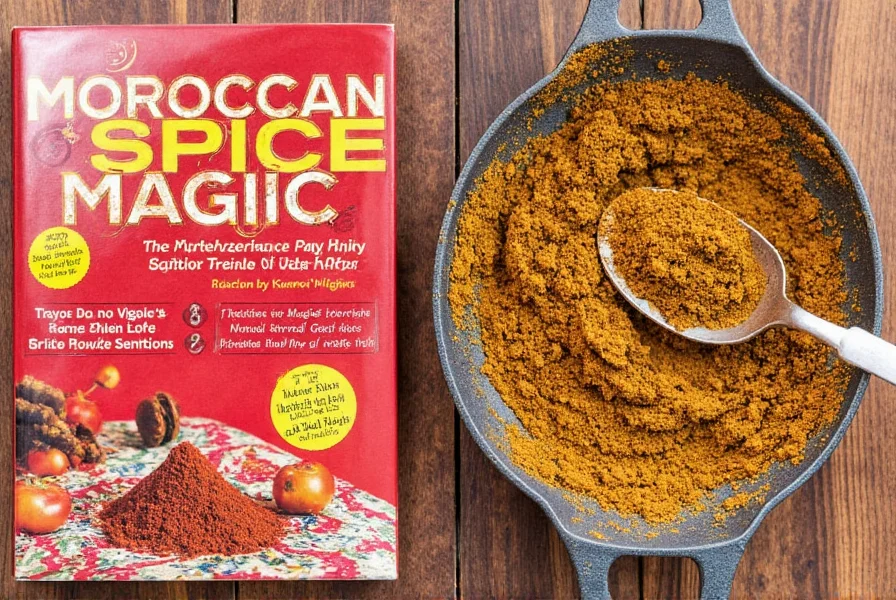
These seven blends represent only a small taste of Morocco’s vast spice repertoire. Each has a unique personality that can be adjusted depending on regional ingredients and personal taste preferences.
How to Use Moroccan Spice in Everyday Cooking
You don’t need to own a tagine to enjoy Moroccan flavor. Here are some easy, creative ways to bring these spice blends into your everyday kitchen:
1. Elevate Your Chicken Dishes
Try marinating chicken breasts with a mix of ras el hanout, olive oil, lemon juice, and garlic. Roast or grill for a Middle Eastern-inspired dinner that pairs well with couscous and roasted carrots.
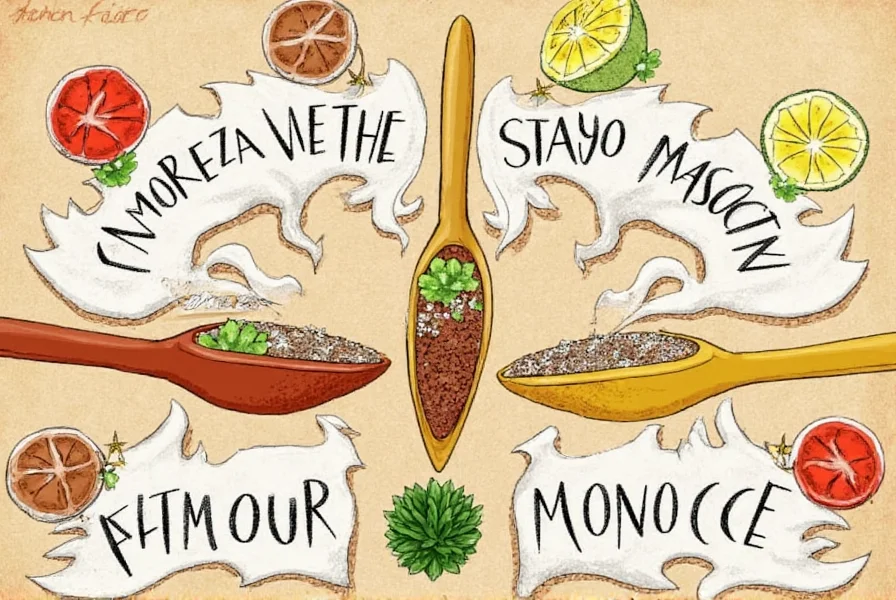
2. Upgrade Your Vegetables
Coat root vegetables (like carrots, parsnips, or beets) in olive oil and a pinch of smoked paprika blend before roasting. The result? Deeply caramelized, flavorful sides that impress guests and family alike.
3. Add Heat with Harissa
Use harissa paste as a condiment for sandwiches, a base for stews, or even stirred into mayo for a zesty dip. Start with a teaspoon and adjust according to your heat tolerance.
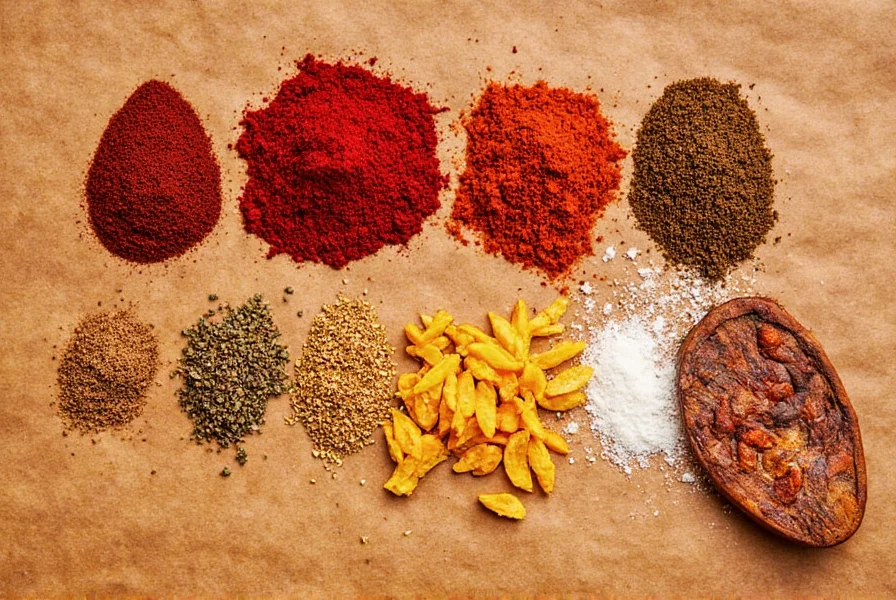
4. Make Homemade Hummus Extra Special
Add a dash of cumin and smoked paprika to your next batch of hummus. The result? Smoky depth and a touch of exotic flair.
5. Stir Into Rice or Quinoa
To give plain grains a lift, stir in a spoonful of chermoula or marrakech street mix while they’re still warm. It’s an easy way to upgrade a basic side into something memorable.
6. Infuse Your Oils
Create infused oils by heating neutral oil with ras el hanout or a custom spice blend. Cool and store in a glass bottle for drizzling over flatbreads or salads.
7. Bake Something Sweet
Moroccan spices like cinnamon and nutmeg aren’t just for savory dishes. Try adding them to spiced cakes, cookies, or even oatmeal for a cozy breakfast twist.
Where to Buy Authentic Moroccan Spices: A Practical Buying Guide
If you’re ready to dive into the world of Moroccan spices, here’s what to look for when shopping — whether online or in-store.
1. Look for Freshness
Spices lose potency over time. Always check packaging dates. If buying loose from a bulk bin, give it a sniff — if it doesn’t smell strong, it won’t taste strong either.
2. Choose Whole Spices When Possible
For maximum flavor, buy whole spices like cumin seeds, fennel seeds, or cinnamon sticks and grind them yourself using a mortar and pestle or spice grinder.
3. Opt for Organic and Ethically Sourced
Look for organic certifications and fair-trade labels. Ethical sourcing ensures quality and supports sustainable farming practices.
4. Try Pre-Mixed Blends for Convenience
Brands like **The Spice Garden**, **Moroccan Flavors Co.**, and **Zafran Naturals** offer pre-mixed ras el hanout and other Moroccan blends crafted for authenticity and convenience.
| Product | Features | Pros | Cons | Best For |
|---|---|---|---|---|
| The Spice Garden – Ras el Hanout | Hand-blended, small-batch spice mix | Authentic taste, great aroma, versatile | On the pricier side | Home chefs seeking premium flavor |
| Moroccan Flavors Co. – Chermoula Blend | Dried herbs and spices in balanced ratio | Easy to use, fresh-tasting marinades | Not suitable for those avoiding salt | Quick seafood or veggie prep |
| Zafran Naturals – Harissa Paste | Organic, gluten-free, no preservatives | Rich, authentic flavor, shelf-stable | Very spicy; not for sensitive palates | Kitchen staples needing heat boost |
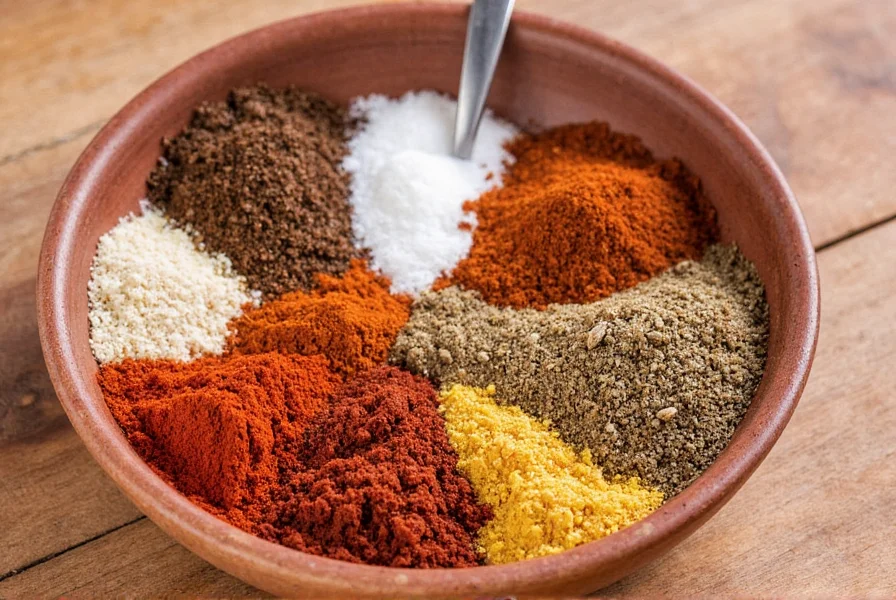
Common FAQs About Moroccan Spices
Are Moroccan spices the same as curry?
Nope! While both use complex blends, Moroccan spice typically includes more cinnamon, cumin, and saffron than Indian curry powders, which tend to lean heavier on turmeric and garam masala.
Can I make my own Moroccan spice blends?
Absolutely! In fact, blending your own allows you to customize intensity and freshness. Start with simple recipes and experiment over time.
Is Moroccan spice healthy?
Most spices in Moroccan blends have anti-inflammatory properties and antioxidants. Cinnamon helps regulate blood sugar, turmeric fights inflammation, and cumin aids digestion.
Do I need special equipment to cook with Moroccan spices?
No — just a few basics like a frying pan, oven, or slow cooker. A traditional clay tagine enhances flavor, but it’s not required.
How should I store Moroccan spices?
Keep them in airtight containers away from light and moisture. Whole spices last up to 4 years, ground ones about 2–3 years.
Conclusion
Moroccan spice is more than just seasoning — it's a passport to a vibrant culinary culture steeped in history, trade, and hospitality. Whether you're new to spice blending or a seasoned chef looking to expand your flavor toolkit, these aromatic combinations offer endless possibilities.
From the bustling markets of Marrakech to your home kitchen, embracing Moroccan spice means bringing warmth, depth, and a little magic to your meals. So go ahead — unlock the secrets, stock your pantry, and start cooking like a true Maghrebi master!

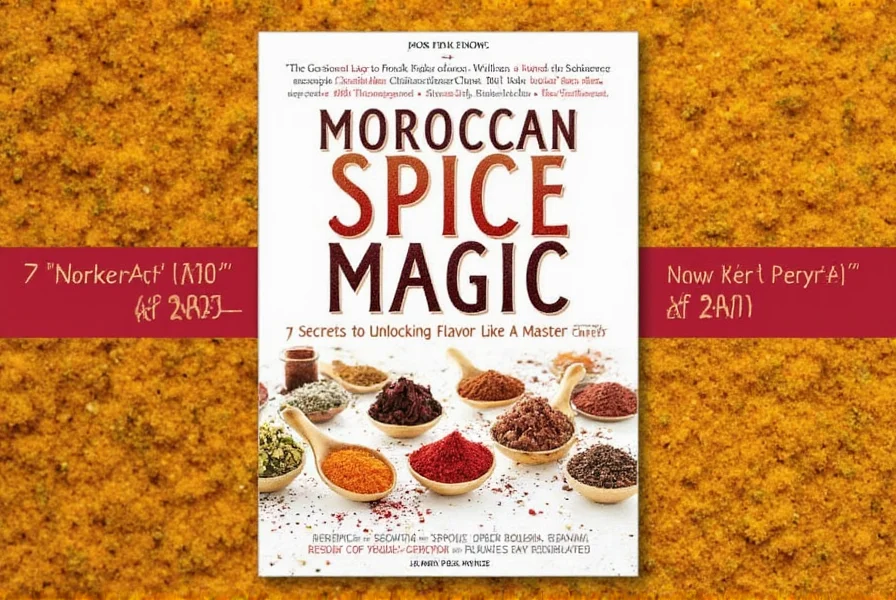









 浙公网安备
33010002000092号
浙公网安备
33010002000092号 浙B2-20120091-4
浙B2-20120091-4